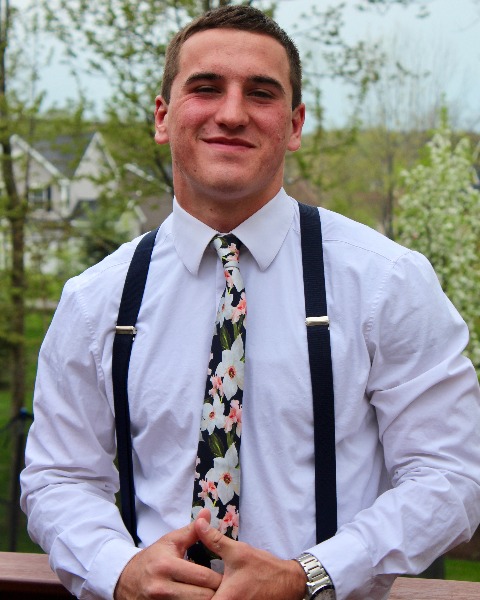Orthopedic and Rehabilitation Engineering
(L-445) Instrumenting Nordic Walking Poles for Quantitative Gait Assessment
- CL
Conor D. Landry (he/him/his)
Student
Fairfield University
Fairfield, Connecticut, United States - DO
Dominic Oliveri
Student
Fairfield University, United States - JK
Julia Kilroy
Student
Fairfield University, United States 
John Minogue
Graduate Assistant
Fairfield University
Orchard Park, New York, United States- JD
John F. Drazan, PhD
Assistant Professor of Biomedical Engineering
Fairfield University, United States
Presenting Author(s)
Co-Author(s)
Primary Investigator(s)
The elderly, post-surgical patients, and individuals with ambulatory restrictions utilize assistive walking devices to aid in their everyday movement. These are walking devices such as canes, crutches, walkers, and Nordic walking poles. The purpose of these devices is to alleviate load from the lower extremities of the patient. As a basic function, this aids in shielding healing tissues during recovery and helps relieve stress from atrophic muscles in the lower body through compensating for reduced function.
The instrumentation of these devices with a force sensing load cell can create many opportunities for quantifying the extent at which compensation for reduced function is required in each patient. This allows individualized data regarding user mobility and health by monitoring loading patterns through the device during use. There are a few commercially available instrumented walking devices, however, those available are very cost prohibitive. This makes these devices only available for a small percentage of the more affluent patients.
The objective of this study is to develop an open-source, instrumented Nordic walking pole to measure axial load during use to track loading patterns during rehab.
Materials and Methods::
Upon completion of the device, we manually applied varying amounts of force up to 400 N to the instrumented pole as it was positioned on top of a force plate. This allowed for calibration and validation through comparing the peaks in the force vs. time data from the load cell and force plate. This peak force data was analyzed and averaged to produce a best fit line that was used to determine the calibration coefficient for the instrumented pole while also establishing device accuracy.
Results, Conclusions, and Discussions:: The total cost of the instrumented Nordic walking pole is approximately $154, which is far cheaper than any alternative commercialy available devices. A diagram with labels of all parts of the instrumented pole can be seen in the Fig. 1. A photo of the full device construction can also be seen in Fig. 2. The data collected from the instrumented pole in comparison with the force plate was plotted on a graph for validation, and this graph can be found in Fig. 3 and Fig. 4. These graphs depicts the force outputted in newtons by the instrumented pole and the force plate. This data shows that there is discrepancy between the two force readings, but the peak force readings of each device can compared. This suggests that the instrumented pole reads out force data that is close to the measurement to the force plate with slight calibration error. With further alterations to the calibration factor of the instrumented pole, more accurate data can be achieved. The agreement between the instrumented pole and the reference force may have been impacted by force sharing between the device housing and the load cell. We expect agreement to increase in future designs. In this iteration, the instrumented Nordic walking pole was utilized as a proof-of-concept; however, this approach can be further improved and extended to other devices such as crutches and canes.
Acknowledgements (Optional): : This work was supported by the School of Engineering and Computing at Fairfield University and an anonymous donor through the Sapere Aude Fund.
References (Optional): :
1. Liggins A.B. et al. Proc IEEE Annu Northeast Bioeng Conf. 2002;28:15-16.
2. Szrek J. et al. Proc Int Scientific Conf: Computer Aided Eng. 2019;1:790-794.
3. Mekki F. et al. IEEE Int Symp MeMeA. 2017;414-419.
